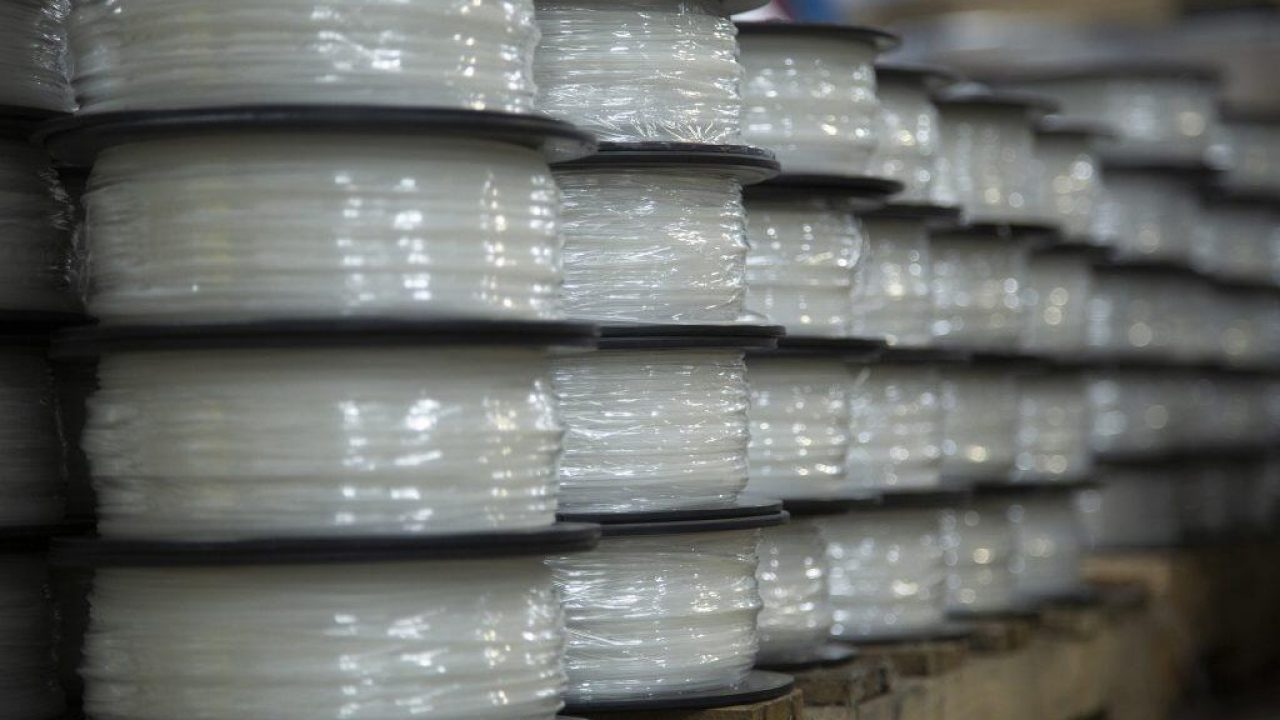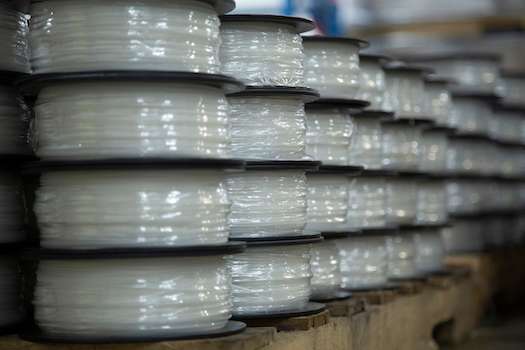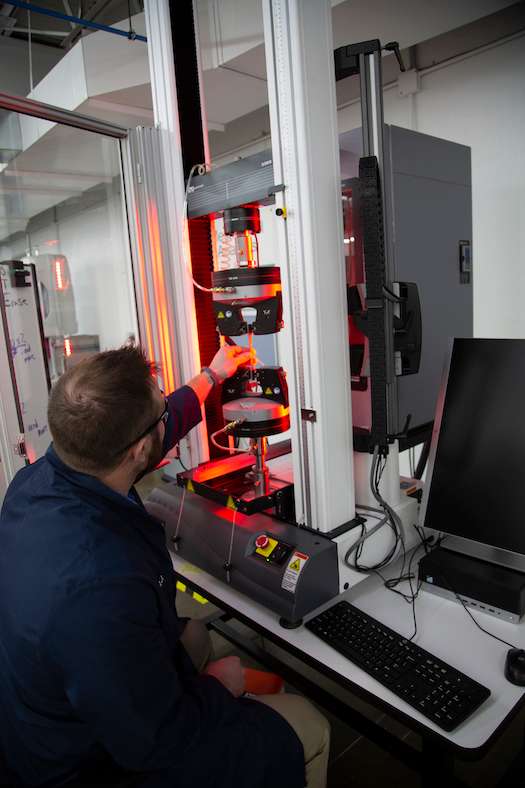Engineered Materials for Aerospace 3D Printing
Article By : Hailey Lynne McKeefry

The aerospace is going to increasingly rely on additive manufacturing technologies. The availability of additive manufacturing effectively create 3D printing materials that meet the needs of manufacturers, especially for military and aerospace applications.
Jabil introduced the availability of Jabil Engineered Materials, a service to create, integrate, and validate custom engineered materials for additive manufacturing. The ability to quickly and effectively create 3D printing materials that meet the unique needs of manufacturers, especially for military and aerospace applications.
“Aerospace is the first killer app for additive manufacturing,” said John Dulchinos, vice president of digital manufacturing at Jabil. “Additive manufacturing enables the ability to create a perfect geometry and optimal weight to strength ratio. Aerospace will pay a fortune for that because every pound you save in aircraft translates to a ton of fuel savings.”
The aerospace and defense are going to increasingly rely on additive manufacturing technologies. The global aerospace and defense 3D printing market was estimated at around $1.56 billion in 2016 and will grow to $5.9 billion by 2026, which represents a compound annual growth rate (CAGR) of 15.93%, according to a November 2018 report from ReportLinker. The cumulative worldwide market, meanwhile, is expected to growth $30 billion during the forecast period. “The key drivers of the market include reduction in overall manufacturing time, reduction in raw material which translates into direct cost saving and the ease of deployment,” the report said.
The company has opened Materials Innovation Center in Minnesota to deliver complete 3DP solutions from a single location, including polymer formulations, compound development, and ISO 9001 Quality Management System (QMS) certification. “Over last four years, it has become clear that there is a huge gap in the available set of materials for 3D printing versus those available for traditional manufacturing. Many new products and processes have driven interest in exotic new materials, but today there are only a handful available and those that are available are narrow in scope, function, and capabilities so they don’t solve materials issues the way traditional materials have for traditional manufacturing,” said John Dulchinos, vice president of digital manufacturing at Jabil.

Pallets of Jabil Engineered Material in filament form are prepared for shipment to Jabil customers and distribution partners.
Jabil’s Materials Innovation Center will evaluate, qualify, and validate custom powders and filaments in conjunction with the 3D printers and processes being used in order to ensure that the resulting parts will meet the performance and application requirements of the manufacturer.
Currently, the center employs 80 people, including additive manufacturing engineers, chemists, materials scientists, and production experts. “We picked Minnesota because it’s a great place for polymer science people,” said Dulchinos. “We’ve hired 40 people there in the past year.”

As part of Jabil’s integrated MPM approach, each engineered material undergoes rigorous strength testing to validate durability and performance for a variety of applications.
Jabil is hoping that its efforts will drive adoption of 3D printing in manufacturing by supporting the need to produce functional parts with unique characteristics demanded by customer applications. “Our ability to integrate new engineered materials into our ecosystem of 3D printers and rigorous processes will transform a new generation of additive manufacturing applications, including those for heavily regulated industries, such as aerospace, automotive, industrial and healthcare,” said Dulchinos.
On a practical note, by creating a single source to create and iterate engineered materials will allow manufacturers to source the right material quickly. The materials can be created to deliver a variety of value-added attributes including a variety of engineered characteristics including reinforced, flame retardant, UV stable, conductive, lubricated, and Electrostatic Dissipative (ESD) among others, Dulchinos said in an interview.
“We have built a full end-to-end capability to innovate and produce materials and we’ve done that because we want to go fast,” Dulchinos explained. “If a customer comes in with a set of requirements we can create a first version for testing in two to three weeks. That’s important because it is an iterative process of checking properties, determining the gaps and then reformulating. We are putting everything under one roof, in order to create stuff in weeks not years.”
Jabil will offer a range of services also are available, including compounding, extrusion and powder creation, as well as complete system integration on standard, open source platforms supported by Fused Filament Fabrication (FFF), Selective Laser Sintering (SLS) and High-Speed Sintering (HSS) equipment. “Our focus is on the long tail of the material market,” said Dulchinos. “3D is a lower volume, higher mix range of applications. The big chemical companies don’t want to serve the market.”
Jabil Engineered Materials are available now through its distribution partners, including Chase Plastics and Channel Prime Alliance. Today, the center is focused on plastics, but may evolve to metal parts in the future, Dulchinos said.
— Hailey Lynne McKeefry, Editor in Chief, EBN.
Subscribe to Newsletter
Test Qr code text s ss


